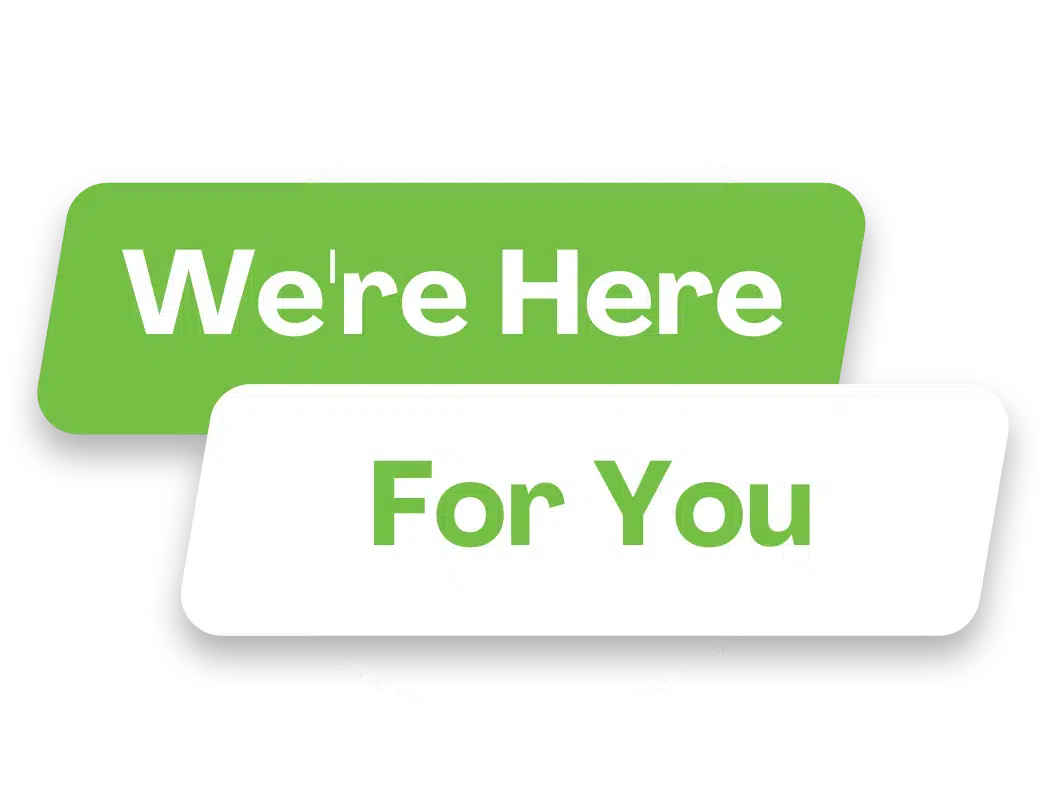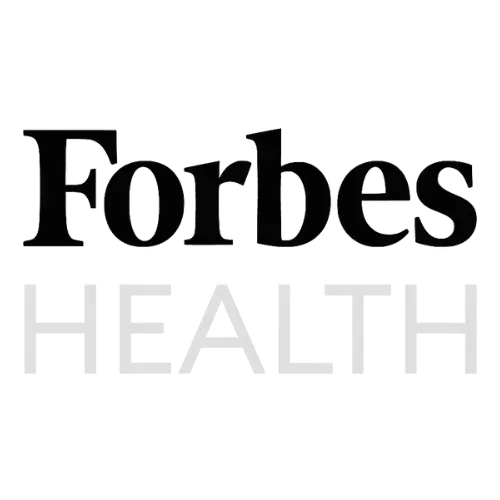She could pivot mid-meeting, redirect a team, and spin clarity out of chaos before most people finished their coffee. Her ability to hyperfocus, read a room, and make fast, intuitive decisions wasn’t just a skill — it was her edge.
But at home, that same gift misfired. Dinner conversations could derail into mental to-do lists. Texts pulled her attention mid-sentence. “It’s not that I don’t care,” she said. “My brain just keeps shifting gears.”
Why Work Mode Doesn’t Work at Home
ADHD doesn’t clock out when you leave work. The same wiring that makes you exceptional in the boardroom can create friction in the family room.
Work life offers a dopamine buffet — structure, deadlines, applause, measurable wins. Home runs on a different rhythm. It’s not less important; it just doesn’t run on the same kind of clock.
For the ADHD brain — built for movement, novelty, and urgency — that shift can feel like trading a sprint for a swim.
What fuels momentum in the office can fracture connection at home.
At work, quick pivots signal agility. At home, they can look like distraction.
At work, intensity inspires. At home, it can overwhelm.
At work, hyperfocus produces results. At home, it can leave people feeling unseen.
The difference isn’t capacity — it’s context.
Translating Your ADHD Edge for Home
You don’t need a calmer brain — you need a clearer deployment strategy. The skills that make you decisive, intuitive, and relentless at work already exist. They simply need a new context — one measured by presence, not productivity.
Your edge doesn’t disappear at home — it just requires a different playbook.
1. Create Micro-Sprints for Connection
Your brain thrives on bursts of intensity. Instead of forcing endless “quality time,” channel that energy into short, deliberate focus sprints.
Light a candle, set a timer, or play a specific song as your cue: “This time is for us.”
Keep the phone in another room. End with a brief recap or shared laugh.
Connection grows faster when you give it focus instead of duration.
2. Conduct Transition Meetings (with Yourself)
Before walking through the door — or closing the laptop — pause.
Take 90 seconds to breathe, name one work win you’re leaving behind, and one person you’re entering for.
Leadership at home begins in the hand-off between worlds.
3. Gamify Attention
ADHD loves goals. Turn connection into one:
“Three questions before I check my phone.”
“Ten minutes of full focus before the oven timer dings.”
Completion cues keep attention rewarded instead of scattered.
Structure isn’t constraint; it’s fuel for consistency.
4. Structure Intimacy
You schedule strategy meetings in your calendar — do the same for presence.
A nightly recap, a weekly date night, a Sunday coffee debrief.
Structure doesn’t make connection mechanical; it makes it possible.
Love thrives where rhythm replaces guesswork.
5. Use Strategy on Systems, Not People
Your executive brain is wired for process improvement. Apply it wisely.
Automate groceries, shared calendars, or morning routines — not your partner’s emotions.
Build systems that hold the rhythm so relationships can breathe.
Optimize the logistics so your heart can stay human.
Reframing Success at Work vs. Home
Your ADHD isn’t the problem — it’s potentially in need of translation. At work, you pivot to win. At home, you pause to connect. Both are acts of leadership — one drives performance, the other builds belonging.
True leadership leads love as skillfully as it leads strategy.
When you learn to steward your strengths in both spaces, you stop living two lives and start leading one — with the same brilliance, only grounded in love.
Written by Jo Martin, MA, CMHC, LPC, NBCC





